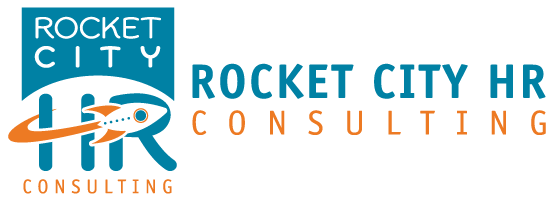In boardrooms, breakrooms, and Teams calls across the country, the same question is asked: “Where have all the good people gone?” Employers are struggling to fill positions and recruiters are burning out searching within a shrinking talent pool, but somehow unemployment numbers remain surprisingly steady. So, what is happening?
The Talent Shortage Crisis
On the surface, the labor market seems stable. As of early 2025, the U.S. unemployment rate hovers around 3.9%, considered by economists to be near “full employment.” Yet companies across sectors—from manufacturing and healthcare to tech and hospitality—are sounding alarms about talent shortages (U.S. Bureau of Labor Statistics, April 2025).
It’s a problem that’s been building for years, but post-pandemic shifts in workforce expectations, demographics, and technology have turned a manageable issue into a full-blown crisis.
What’s Increasing the Gap?
- Skills Mismatch
According to a 2024 report by the National Skills Coalition, nearly 50% of U.S. employers say they can’t find workers with the right technical skills. Fields like cybersecurity, AI, skilled trades, and healthcare are impacted the most. - The Great Re-Evaluation
A 2023 Pew Research Center study found that 61% of workers who quit during the pandemic cited a lack of flexibility or poor work-life balance. Many are pivoting to self-employment or gig work, which surged to over 36% of the workforce by late 2024 (McKinsey & Co., 2024). - Retirement Wave
More than 10,000 baby boomers reach retirement age each day, and many are retiring earlier than expected. A Federal Reserve report from 2023 showed the labor force participation rate for those over 55 has declined by over 2 percentage points since 2019. - Childcare and Caregiving Burdens
According to the U.S. Chamber of Commerce Foundation, over 1.7 million Americans are not participating in the labor force due to caregiving responsibilities, mostly affecting women. - Immigration Policy & Global Talent
Backlogs in visa processing and reduced international student enrollment have significantly cut into the U.S. talent pipeline. The National Foundation for American Policy reported in 2024 that high-skill immigration is down by nearly 30% compared to pre-pandemic levels.
What Can Employers Do?
Rethink the Job, Not Just the Hire
Flexible schedules, hybrid work, and outcome-based roles are no longer perks—they’re expectations. Employers offering flexibility saw 25% faster hiring times and higher retention (LinkedIn Workforce Report, 2024).
Invest in Training & Upskilling
A World Economic Forum report found that 44% of workers’ skills will be disrupted within the next five years. Companies like Amazon are investing billions in internal training programs to build talent from within.
Partner With Schools and Communities
Apprenticeships and community partnerships are seeing renewed interest. A Department of Labor initiative launched in 2023 has funneled over $200 million into apprenticeship programs to address the skills gap.
A Call for a Collective Reset
As we navigate this unique, shifting labor market, the question isn’t just “Where did the good people go?” it’s also, “Are we creating the kind of environment they want to return to?”
The good people are out there, but they’re empowered and more in demand than ever before. The challenge isn’t just finding them, it’s earning their interest, trust, and commitment.
At Rocket City HR Consulting, we can help companies not only find great talent but also build sustainable workforces in this ever-changing labor market. Whether you’re a startup or an established employer rethinking your talent model, we offer customized solutions that meet your business where it is and take it where it needs to go.
Sources:
- U.S. Bureau of Labor Statistics. www.bls.gov
- National Skills Coalition. “Closing the Skills Gap” (2024)
- Pew Research Center. “Why Americans Quit Their Jobs” (2023)
- McKinsey & Company. “The State of Gig Work in the U.S.” (2024)
- Federal Reserve. “Labor Force Participation Trends Post-Pandemic” (2023)
- U.S. Chamber of Commerce Foundation. “The Care Economy and Workforce Participation” (2024)
- National Foundation for American Policy. “Immigration and U.S. Workforce Competitiveness” (2024)
- LinkedIn Workforce Report. “Hiring Trends and Flexibility” (2024)
- World Economic Forum. “Future of Jobs Report” (2023)
- U.S. Department of Labor. “Apprenticeship Building America Initiative” (2023)







